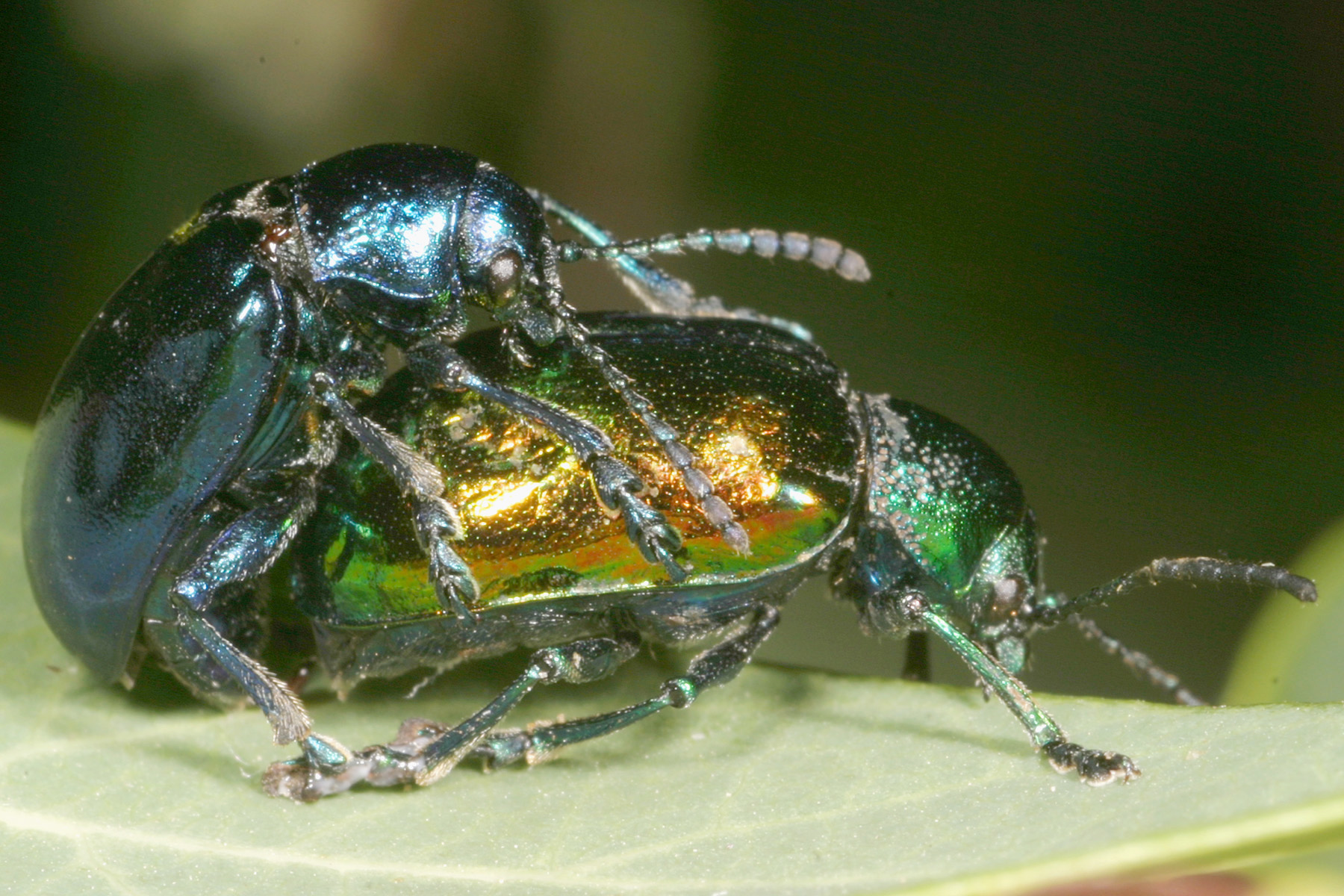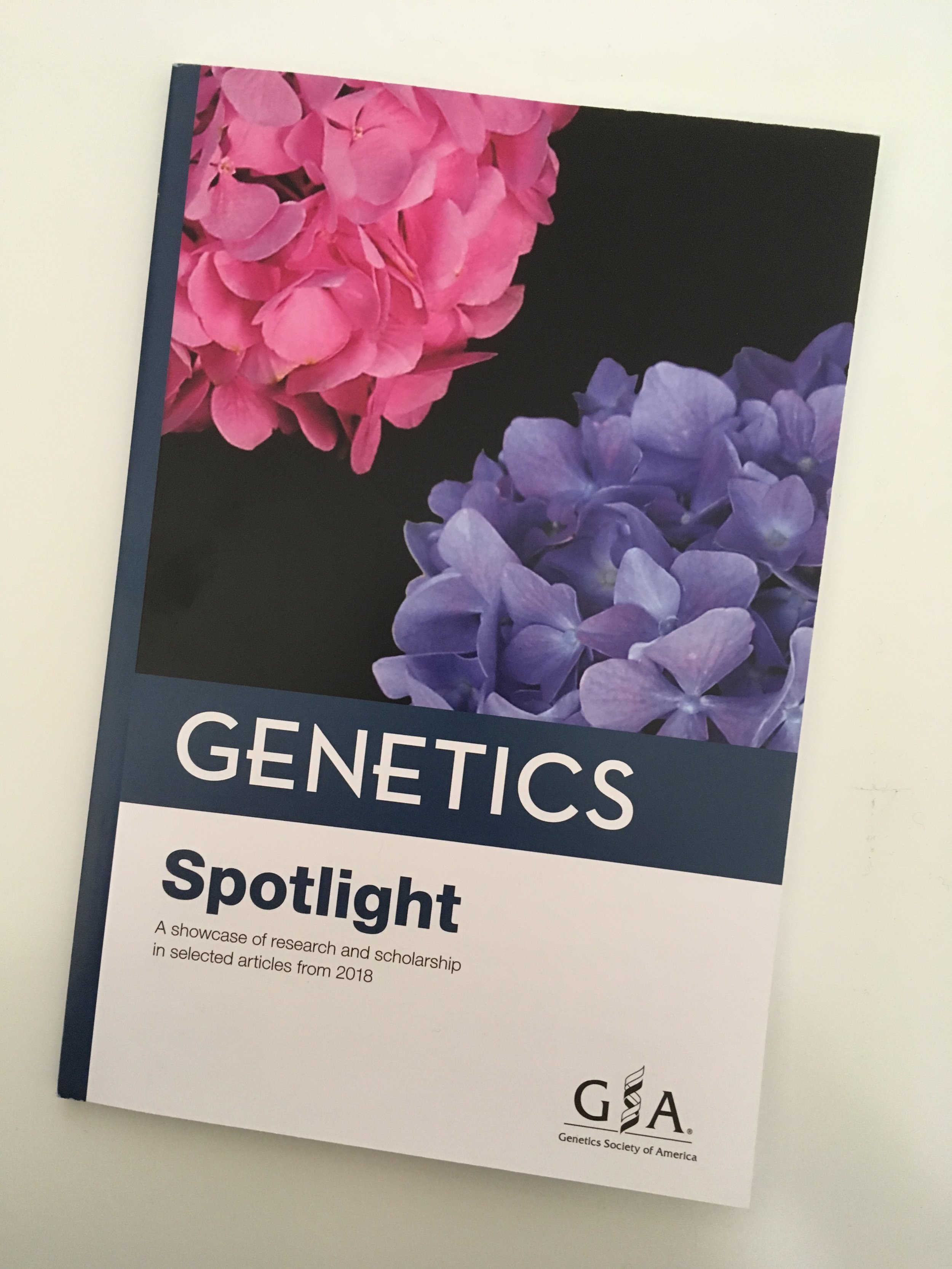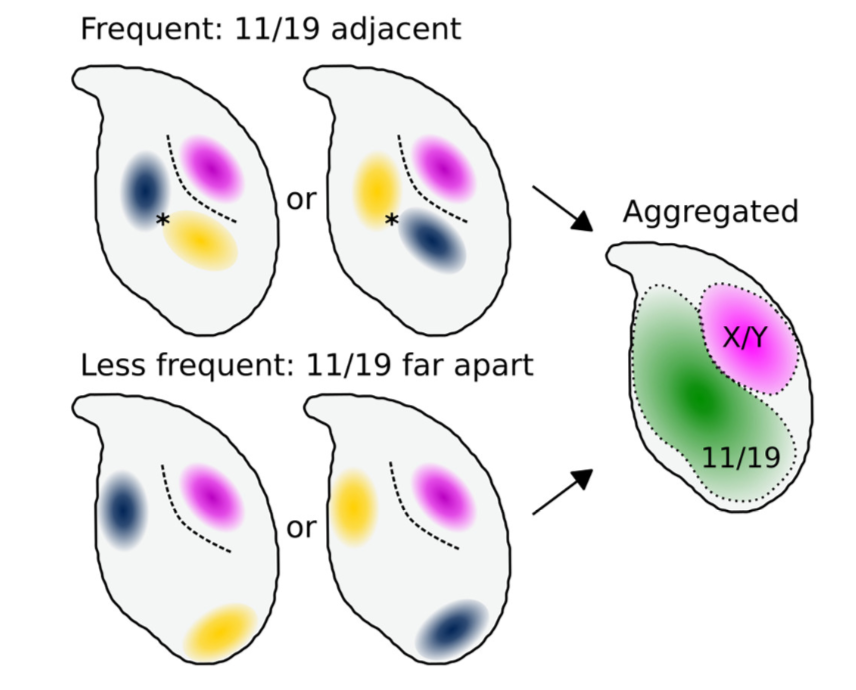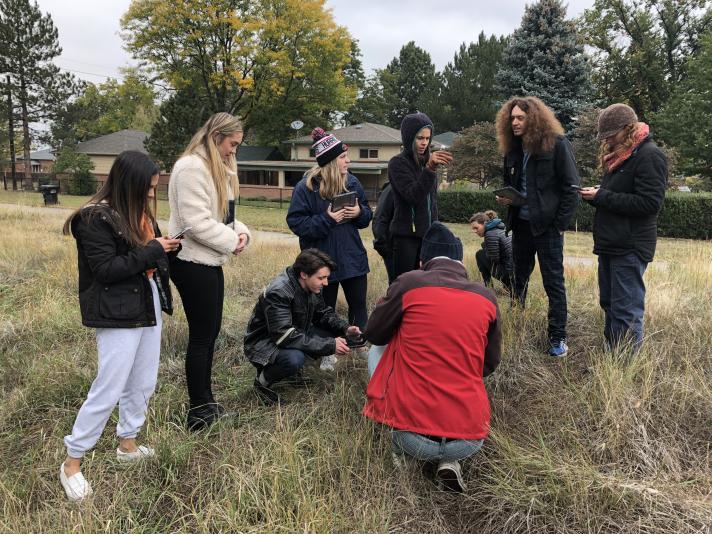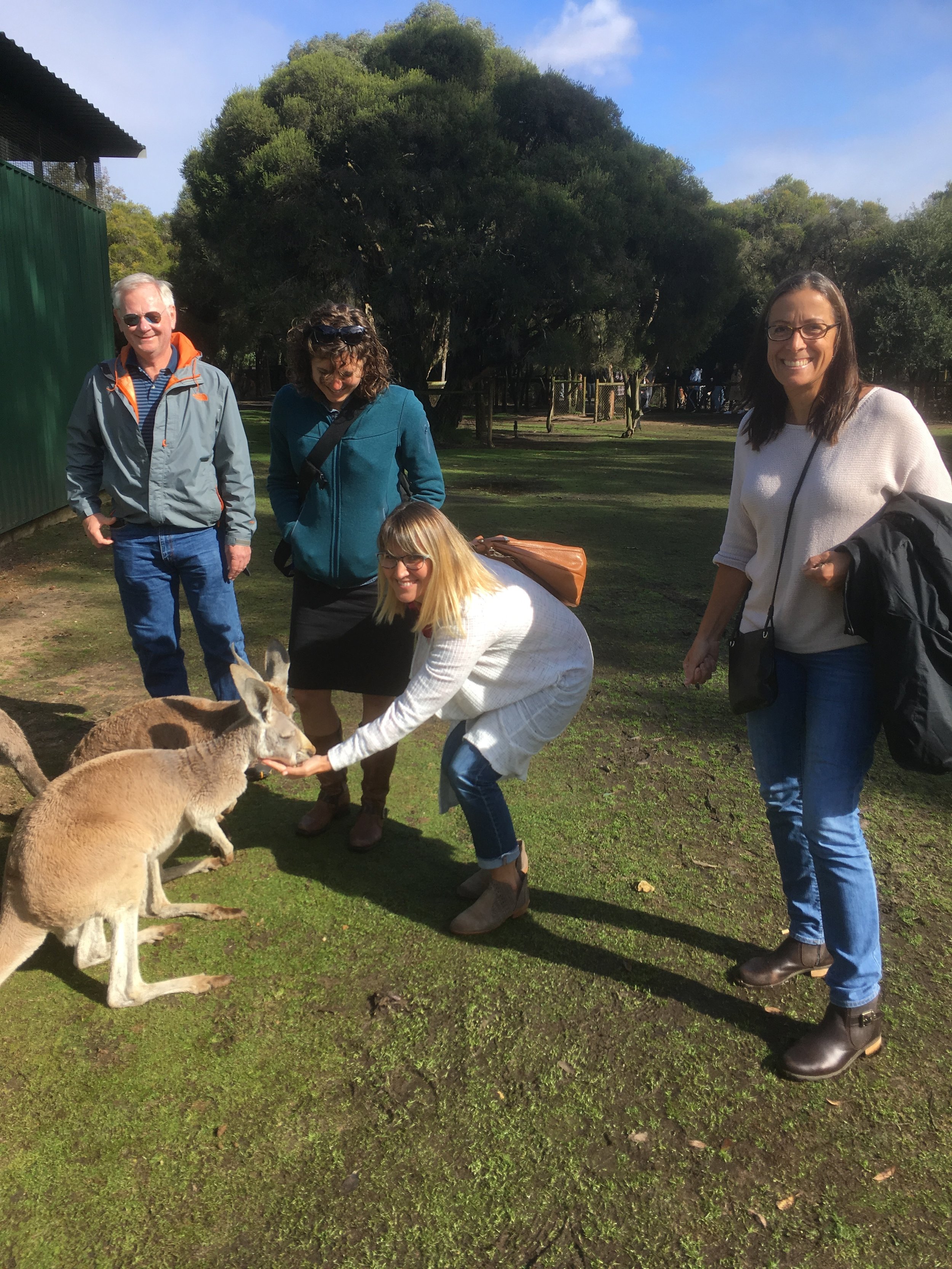Amy is starting her PhD in the Larson Lab this fall. Welcome Amy!
Kelsie Hunnicutt just returned from a road trip to Montana, where she visited Jeff Good’s lab to learn mouse and hamster testes cell sorting. Kelsie collected a ton of data on her trip, and visited Yellowstone and Glacier on the way.
Congratulations to Brooke Washburn, who was awarded the R.C. Lewontin Early Award from the Society for the Study of Evolution! Read more here.
Congratulations to Kelsie who was just awarded a grant from Sigma Xi. Kelsie is using her grant to travel to Montana this summer to learn to sort testes cells for gene expression assays with Jeff Good’s lab.
Our Chrysochus hybrid zone paper was accepted at the Journal of Evolutionary Biology. We provide a direct link between cryptic barriers studied in the lab over a range of heterospecific mating frequencies, and hybrid zone dynamics.
Abigail Wallin and Uma Knaven both received Summer Research Awards. Congratulations and welcome!
Kelsie Hunnicutt received a Grant-in-Aid of Research Award from the American Society of Mammalogists!
Brooke Washburn just received a Theodore J. Cohn Research award!
The Larson Lab is collaborating with Scott Taylor and Nolan Kane at the University of Colorado Boulder to organize a graduate training workshop for visualizing large genomic datasets. So far, we have received funding from the American Genetics Association (Special Events Award) and the University of Colorado Boulder. More about information about the workshop will be available in the fall.
Visualizing Genomic Data Workshop
Complex datasets are hard to visualize, yet effective communication of results to both the scientific community and to the public requires clear visualization. The Visualizing Genomic Data Workshop will provide participants with the necessary skills and background to produce clear, effective, and attractive figures from their genomic data. Further, the workshop will act as a catalyst to help graduate students and postdocs within the greater Rocky Mountain area develop broad professional networks.
Our paper won the 2018 GENETICS Editors’ Choice Award for Population Genetics!
The Evolution of Polymorphic Hybrid Incompatibilities in House Mice
Erica L. Larson, Dan Vanderpool, Brice A. J. Sarver, Colin Callahan, Sara Keeble, Lorraine L. Provencio, Michael D. Kessler, Vanessa Stewart, Erin Nordquist, Matthew D. Dean, and Jeffrey M. Good
Genetics July 2018 209: 845–859
Reproductive barriers are often assumed to arise from fixed genetic differences between species, despite frequent individual variation in the strength of reproductive isolation between populations. Larson et al. report polymorphism at several hybrid male sterility loci in house mice, and their results demonstrate that selection against deleterious hybrid interactions can drive the introgression of hybrid incompatibilities, highlighting the need for more extensive sampling of natural variation in speciation studies.
Congratulations to Kelsie for being admitted to the Bodega Applied Phylogenetics Workshop at the University of California Davis!
Automated Nuclear Cartography Reveals Conserved Sperm Chromosome Territory Localization across 2 Million Years of Mouse Evolution
https://www.mdpi.com/2073-4425/10/2/109
Insights from genomes into the evolutionary importance and prevalence of hybridization in nature https://rdcu.be/bi1Ea
The second installment of our collaboration with Peter Ellis' group to quantify sperm nuclear morphology in classic and wild mice. A great paper lead by Ben Skinner. Preprint
The DU Nature Challenge was a success! Despite cold weather, we still found a few Orthopterans.
DU delegates visited the University of Western Australia. The highlight of the trip was kangaroos!
Spermatogenesis and the Evolution of Mammalian Sex Chromosomes
Erica L. Larson, Emily E.K. Kopania, and Jeffrey M. Good
Developmental constraint and sexual conflict shape the evolution of hetero- morphic sex chromosomes. These contrasting forces are perhaps strongest during spermatogenesis in species with XY males. In this review, we consider how the unique regulatory environment and selective pressures of spermato- genesis interact to impact sex chromosome evolution in mammals. We explore how each developmental phase of spermatogenesis influences sex chromo- some gene content, structure, and rate of molecular evolution, and how these attributes may contribute to speciation. We argue that a developmental context is fundamental to understanding sex chromosome evolution and that an evolutionary perspective can shed new light on our understanding of sperm development. PAPER
The Murphy, Tinghitella and Larson Labs have been sampling clover across Denver as part of the Global Urban Evolution Project. We had great help from Veronica Huizar and Gui Zheng, who are participating in the University of Denver STEM Student Research Initiative. Check out Veronica and Gui's blogs about their summer research experience!
Veronica Huizar



